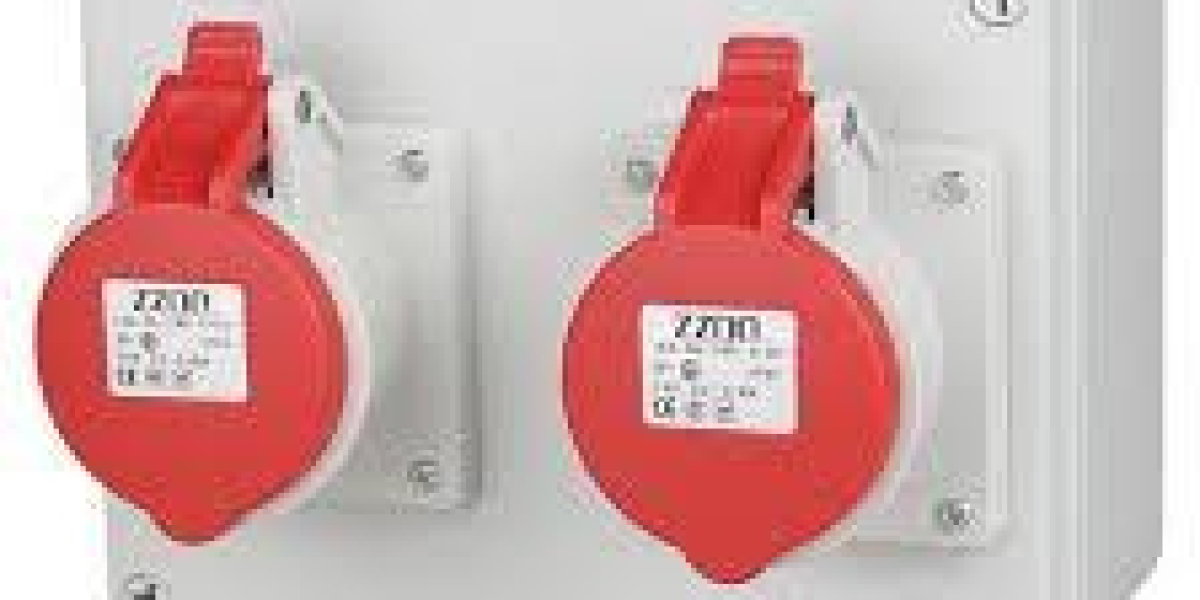Choosing the correct Electrical Socket Box at the design stage avoids costly rework and ensures the enclosure meets environmental, mechanical, and user-access needs, and placing the right Electrical Socket Box into the initial plan helps coordinate mounting, cable entry, and safety protection without surprises. Early decisions about location, load types, and maintenance access set the stage for dependable operation and simpler lifecycle management.
Site assessment and load-mapping
Begin with a practical site assessment that documents exposure (direct spray, splash zones, salt air), expected loads, and the types of devices the socket will serve. Note routine activities such as cleaning, vehicle traffic, or maintenance that could stress the box. Map load types (lighting, motor-driven equipment, or mixed power/data) to determine spacing, conductor sizing, and cooling needs. A clear site brief prevents selecting undersized enclosures that overheat or fail prematurely.
Material choices, finishes, and corrosion control
Material selection must match the exposure profile. Stainless steel grades, marine-grade coatings, powder-coated aluminum, and UV-stable polymers all have roles depending on salt, chemical exposure, or sunlight. Fastener metallurgy matters as much as body material—mismatched metals invite galvanic corrosion. Consider sacrificial coatings or anodization for coastal sites and select sealing compounds rated for local temperature extremes and chemical contact.
Ingress protection, sealing, and cable entry strategy
A box is only weatherproof when properly sealed and installed. Favor designs with replaceable gasket channels and uniform compression geometry so seals can be renewed in service. Choose gland plates that accept a range of cable diameters to permit future additions without new penetrations. Proper strain relief and correct gland sizing maintain seal integrity under movement; avoid ad hoc conduit entries that compromise compression or introduce leak paths.
Nante modular options and specification benefits
Modular product families simplify deployment. Nante offers configurable socket boxes with removable gland plates, pre-bench-tested assemblies, and optional inserts for surge protection or metering. Modular layouts reduce on-site cutting and preserve factory-rated ingress performance. Factory witness tests and accessible specification data shorten commissioning and provide installers with clear torque values, gland sizes, and mounting recommendations to preserve the rated protection.
Mounting, accessibility, and anti-vandal features
Mechanical mounting must suit the substrate: concrete, cladding, timber, and thin-sheet facades all require tailored anchors. Reinforced mounting flanges, captive fasteners, and recessed fastener pockets deter vandalism and accidental knocks. For public areas, choose lockable covers or tamper-resistant fastenings and ensure faceplate ergonomics allow gloved operation. Front-access terminal designs reduce downtime by eliminating the need to remove the entire box for routine servicing.
Thermal layout, electrical safety, and separation
Heat management reduces failure risk. Keep heat-generating devices separated from sensitive control electronics and provide clearance for air movement or conductive thermal paths. Use torque-specified terminals and correct conductor sizing to minimize contact resistance. Where data and power share an enclosure, maintain separation and shielding to prevent interference and follow local regulations for segregation.
Commissioning checks and documentation
A simple checklist avoids surprises: verify gasket seating, confirm gland compression, record terminal torque values, and perform a practical ingress check if conditions permit. Document gland sizes, cable types, and installation orientation so future teams can replicate original conditions during maintenance. Good documentation speeds troubleshooting and helps preserve rated performance across equipment lifecycles.
Maintenance planning and spare-part strategy
Plan for periodic inspections—gasket condition, fastener security, terminal discoloration—and keep a small inventory of common gaskets, gland plates, and fasteners. Thermal imaging during scheduled checks identifies developing hotspots before they fail. Standardize on a limited family of spare parts across sites to simplify logistics and reduce mean time to repair.
Smart readiness and future-proofing
Reserve internal space and power for monitoring modules, surge arrestors, or remote status sensors. Preconfigured spaces for condition monitoring allow upgrades without additional penetrations that would risk sealing. Future-proofing at the design stage saves substantial retrofit costs and supports predictive maintenance strategies that reduce downtime.
Selecting the right electrical socket box balances immediate budget concerns with long-term reliability and serviceability. Prioritize modular, tested systems with clear installation guidance and spare-part support to achieve predictable performance over years of service. For product configurations, technical documentation, and support resources, visit www.nante.com








